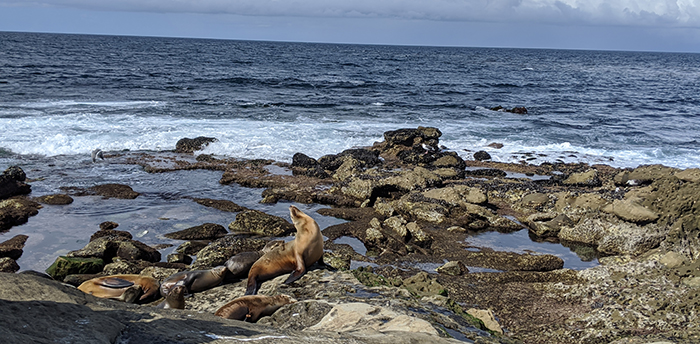In 2020, NOAA’s Office of Oceanic and Atmospheric Research and the U.S. IOOS Office teamed up to develop and host three regional workshops focused on improving users’ access to streamlined ocean, coasts, and Great Lakes observational information.
OAR’s focus on the global ocean and development of the Global Ocean Observing System and IOOS’s focus on U.S. waters from the head of tide to the EEZ are distinct, but complementary missions that together are fundamental elements of the Nation’s ocean, coastal, and Great Lakes observing, monitoring, and measuring capabilities. These workshops focused on advancing eight target areas that capitalize on that collaboration to expand ocean observing capabilities regionally, nationally, and globally. These workshops responded to the congressional direction for OAR to demonstrate how an autonomous ocean glider could address critical gaps in NOAA’s physical, chemical, biological, and other observational needs, particularly those observational needs of U.S. IOOS.
The following series of two-pagers and accompanying wrapper capture the recommended next steps for those eight priority areas.
- Overview
- Cloud Computing and Artificial Intelligence (pdf)
- Biology (pdf)
- Observations of Great Lakes Multiple Stressors (pdf)
- Hurricane Intensity Forecasting (pdf)
- Marine Heatwaves (MHW) (pdf)
- Technology Development and Transition (pdf)
- Data Integration in Decision-Support Tools (pdf)
- Ocean Acidification (pdf)
 Official websites use .gov
Official websites use .gov Secure .gov websites use HTTPS
Secure .gov websites use HTTPS

.jpg)